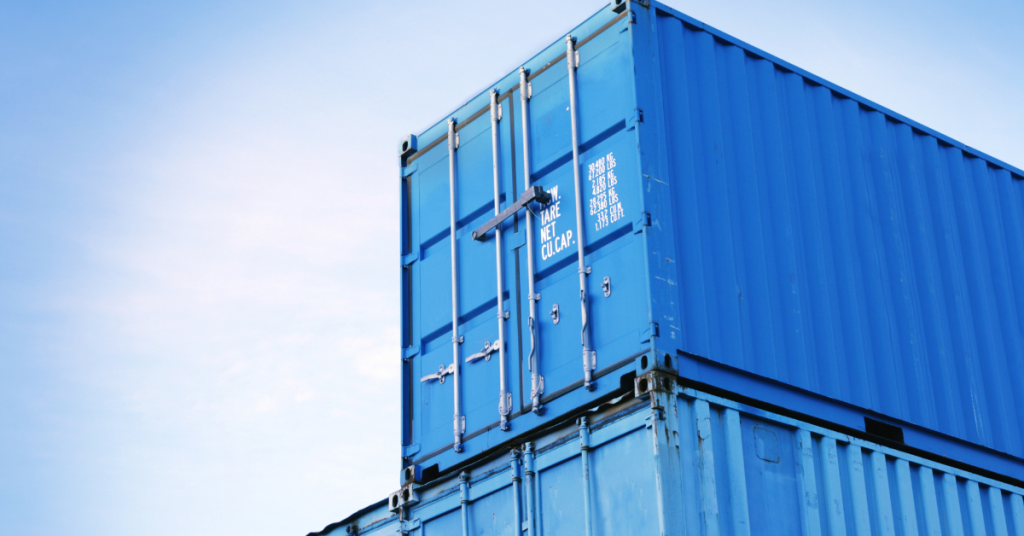Refrigerated shipping containers, also called reefer containers, are important for moving goods that need specific temperatures, such as food, medicine, and chemicals. Whether you’re new to using refrigerated containers or want to improve your current setup, this article gives ten tips to help you choose the right one for reliable shipping.
Table of Contents
1. Determine Your Cargo Requirements
Identify the specific temperature range and environmental conditions required for your cargo. Different goods may have varying temperature tolerances, so understanding these requirements is important for selecting the appropriate refrigerated container.
2. Assess Size and Capacity Needs
When choosing a refrigerated container, think about how much and how many goods you need to move. These containers come in different sizes, they can hold varying amounts of cargo. It’s important to pick a size that fits your cargo well and allows enough space for air to circulate properly inside.
3. Inspect Temperature and Control Features
Before buying a refrigerated shipping container, it’s important to check how well the refrigeration unit controls temperature. Make sure it can keep temperatures steady within the required range and is accurate. Look for remote monitoring and alarms that help quickly spot and fix any temperature changes.
4. Verify Energy Efficiency
Choose refrigerated shipping containers that are designed to use energy efficiently. These units help save money on operating costs and are better for the environment. They maintain the right temperature for your cargo while minimizing energy use, making them a smart choice for transporting goods that need to stay frozen during shipment.
5. Consider Container Condition

Inspect the overall condition of the container, including its structural integrity and insulation quality. Choose containers that are well-maintained or refurbished to ensure reliability and prevent potential issues during transit.
6. Check for Compliance and Certification
You need to make sure that the shipping container you buy meets international standards and regulations. Check and approvals from regulatory bodies. These certifications ensure that the container complies with industry standards for maintaining the proper temperature and conditions needed to safely transport perishable items.
Also Read: Auction Advantage: How Online Platforms Help You Save on Your Next Car
7. Evaluate Reliability and Service History
Look into the manufacturer’s reputation among customers to see if they are reliable. Also, examine the container’s past maintenance records and any problems that have been reported. This will help you determine if the container has a good track record of keeping cargo safe and in good condition during transportation.
8. Plan for Monitoring and Maintenance
To keep your refrigerated container working well, create a plan to check and maintain it regularly. This means inspecting it often and calibrating the temperature controls. Doing these tasks helps prevent problems and ensures the container keeps running smoothly while transporting goods.
9. Consider Long-Term Cost
When evaluating the total cost of ownership of a refrigerated shipping container, there are several factors that you need to consider and this include, such as:
- Purchase price
- Operating expenses
- Maintenance costs
- Potential resale value
Balance these costs with the long-term benefits and reliable performance . By weighing these factors, you can make a more informed decision that considers both immediate expenses and future savings.
10. Seek Expert Advice
Consult with industry experts or logistics professionals when selecting a refrigerated container. Their expertise can provide valuable insights into choosing the right equipment and optimizing temperature-controlled logistics.
Safeguard Your Goods with Shipping Containers!
During the process of selecting a reliable refrigerated shipping container, consider utilizing a storage facility like storage units in Sherwood Park to safeguard your belongings. Using a storage facility offers several advantages. It safeguards your valuables from potential damage, theft, and environmental factors. Moreover, it frees up space and ensures the security of your items while you concentrate on managing your shipping logistics. This additional security layer enables you to handle your cargo requirements confidently, knowing that your personal belongings are securely protected.
Choosing a reliable refrigerated shipping container involves careful consideration of cargo requirements, container specifications, maintenance needs, and regulatory compliance. By following these ten tips, you can ensure the safe and efficient transport of temperature-sensitive goods, maintaining product quality and integrity throughout the supply chain.
[…] Also Read: 10 Tips for Choosing Reliable Refrigerated Shipping Container […]